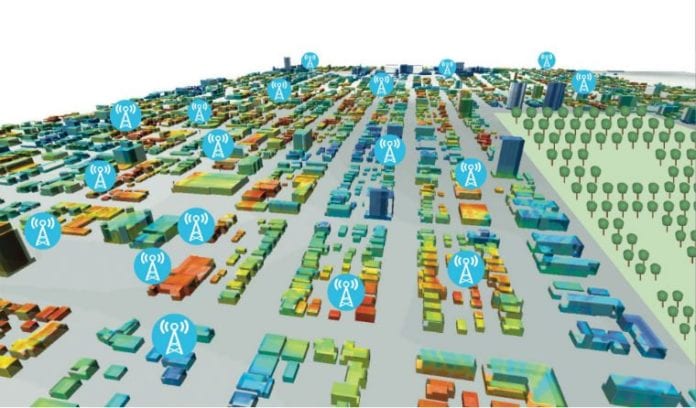As major operators in the United States continue to test pre-standard-based 5G fixed wireless access systems, the hybrid wired/wireless approach to delivering gigabit-class internet without laying fiber to the premises is also gaining traction in Europe.
RCR Wireless News recently spoke with Jamie Fink,chief product officer and co-founder of Mimosa Networks, about a 5G fixed wireless access deployment–using the 5 GHz band rather than millimeter wave frequencies, which are the focus in the U.S.–in Spain’s Costa Blanca where Mimosa is working with WISP Aeromax to deploy access, backhaul and client solutions to deliver a new service billed as “fiber over the air.” For rural deployments, Mimosa connects access points to towers; in urban areas, the architecture is based on “MicroPOP hub locations” that connect to CPEs to deliver high-speed residential broadband.
Moving over to the U.K., service provider Arqiva, working with Samsung, announced this week a live 5G fixed wireless access system that uses 28 GHz spectrum to offer gigabit internet to enterprise and consumer customers. The company describes the system, which is in a trial phase, as speeding time to market and offering a more attractive business case than fiber-to-the-home or fiber-to-the-premises, same as AT&T and Verizon.
Boris Maysel, director of business development for Siklu, said of WebPass, “I’d say that 80%, maybe more, of their network is based on our equipment. The way we position that is fixed wireless access extends fiber. This hybrid fiber/wireless approach is what drives this [fixed wireless]application. The technology is cost effective enough to serve single family homes,” whereas FTTH is not. “Fixed wireless access,” he said, “this is something real. This is something our customer are doing. The business case for fixed wireless access will work. The price point, of course, makes the business case work. This technology allows [smaller service providers like WebPass]to challenge the big carriers, the big service providers, with a service, that in some cases, outperforms the service that is delivered by big carriers in a fraction of the time.”
Timing–another major driver of the business case behind 5G fixed wireless access. Phazr CEO Farooq Khan called the speed of deployment “the most important thing. The idea is, of course, there is going to be some cost advantage, but assuming there’s no cost advantage over fiber, the biggest advantage is you’re going to light up these 5G base stations and instantly cover the neighborhoods. Fiber, if you want to bring it to 100% of the population, it might take a century. This is the greatest advantage 5G is going to bring over fiber.”

